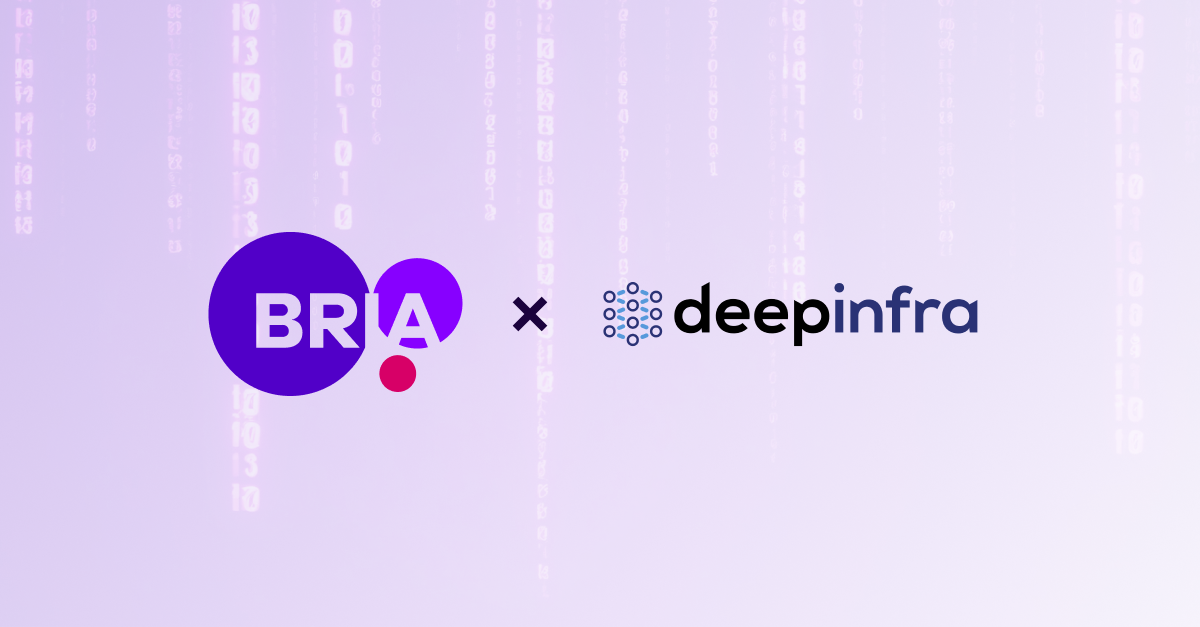3 min read
Redefining Open Source in the Generative AI Era
Dr. Yair Adato, CEO, and Dr. Efrat Taig, VP of Generative AI : Apr 7, 2025 9:24:28 AM
.png)
This is part one of a two-part series on the future of Open Source in the era of Generative AI. To view part two, click here.
The Evolution We Didn't See Coming
Open source revolutionized our digital world, transforming how we build, share, and collaborate on technology. From Linux powering most of the internet to the countless libraries that accelerate development daily, open source became the foundation upon which our modern digital civilization stands. It's nearly impossible to imagine a developer today working without leveraging open source components.
Now, generative AI is rapidly reshaping the technological landscape once again. In just a few short years, these systems have progressed from academic curiosities to tools creating photorealistic images, writing code, generating music, and even reasoning across domains. This technological tsunami is changing everything in its path – from creative workflows to software development itself.
But as this revolution unfolds, a critical question emerges: How will the principles of open source evolve to accommodate the unique realities of generative AI? Can the Four Freedoms that guided software development for decades survive in a world where code is just one component of increasingly complex AI systems?
The Four Freedoms of Open Source software as defined by the Free Software Foundation in 1986.
The Unassuming Origins
In 1983, Richard Stallman found himself frustrated by a simple printer he couldn't fix because its code was hidden from view. This small moment of technological friction sparked what would become the open source movement, fundamentally transforming how we create and share technology.
Fast-forward four decades, and open source has become the backbone of our digital infrastructure. Today, over 180,000 open source projects are available, and 92% of applications contain open source libraries.
This proliferation has been guided by four fundamental freedoms: the freedom to run, study, modify, and redistribute software. But generative AI is changing the game—again. And the rules we've played by for decades may no longer apply.
Why AI's Open Source Is Fundamentally Different
When we discuss open source in the context of traditional software, we're primarily talking about code. With generative AI, the picture becomes significantly more complex.
AI systems comprise multiple crucial components:
- Inference source code: The code that runs the model
- Training source code: The code that builds and trains the model
- Weights/parameters: The actual trained model
- Training data: The foundation upon which everything is built
In traditional open source, sharing the code is enough to enable others to run, study, modify, and redistribute software. In AI, having just the code—even both inference and training code—is insufficient. Without the model weights, you can't run the system. Without understanding the training data, you can't properly modify or improve it.
This creates a new landscape where "open source" has become a term with shifting meanings.
Let's look at what's actually available in today's market:
As you can see, very few systems are truly "open" across all dimensions. Many so-called open source AI models provide weights and inference code but keep training code proprietary. Others provide all the code but restrict commercial use. This fragmentation is not accidental—it reflects the unique challenges posed by generative AI systems.
The Triple Challenge: Data, Compute, and Complexity
Three major factors are driving this redefinition of open source in AI:
The Data Challenge
Unlike traditional software, where code is the primary asset, AI models depend on massive datasets for their capabilities. These datasets raise complex questions about:
- Data ownership: Who owns the rights to the content that trained the model?
- Privacy and copyright: How do we ensure data usage respects legal and ethical boundaries?
- Scale and access: The sheer volume of data required creates gatekeeping issues
A look into the current legal woes facing the Gen AI industry
The Compute Challenge
Training foundation models isn't just a matter of having good code and data—it requires enormous computational resources:
- Foundation model training costs can run into millions of dollars
- This creates significant barriers to entry for smaller players
- It also concentrates power in organizations with access to these resources
The Complexity Challenge
Generative AI introduces unprecedented complexity that creates additional challenges:
- Many systems function as "black boxes" with unclear operational mechanics
- Their development and deployment impact society in ways we're still understanding
- Responsible AI practices become essential but difficult to standardize
- Geopolitical considerations increasingly influence technology development
The combination of these factors has pushed the market in directions that ultimately hinder innovation.
Current Market Dynamics: A Fragmented Landscape
Today's generative AI landscape broadly falls into three categories:
- Closed-source solutions: Commercial APIs with no access to underlying code or weights
- "Open weights" models: Weights are available, but with limited or no source code
- Partially open systems: Some components are available, but with restrictive licenses
None of these approaches fully embrace the spirit of open source.
As Yann LeCun noted regarding DeepSeek's open models, "It's not that China's AI is 'surpassing the US,' but rather that 'open source models are surpassing proprietary ones.'"
The lack of clear monetization frameworks has driven many providers to close their systems, while others release "open weights" models that provide access to model parameters but withhold critical components needed for true innovation.
This fragmentation has become an innovation killer. Without a sustainable framework that balances openness with commercial viability, we risk stifling the community-driven innovation that has fueled technological progress for decades.
A new approach is needed—one that preserves the collaborative spirit of open source while addressing the unique challenges of AI development. Enter what we at Bria call the “Open Commercial Source License,” a framework designed to balance innovation with sustainability in the generative AI era.
Learn more about Part Two: Open Commercial Source: A New Framework for a New Era
Start with Bria today
Contact us for a deeper understanding of our Generative AI capabilities:

Case Study: Mutabor Builds Branded AI Images For Henkel with Bria For Enterprise Use

Enterprise-Grade Control Meets Creativity: New Platform Release
For enterprises, true transformation isn't about adopting a new tool; it’s about reshaping workflows in ways that deliver measurable ROI and...


